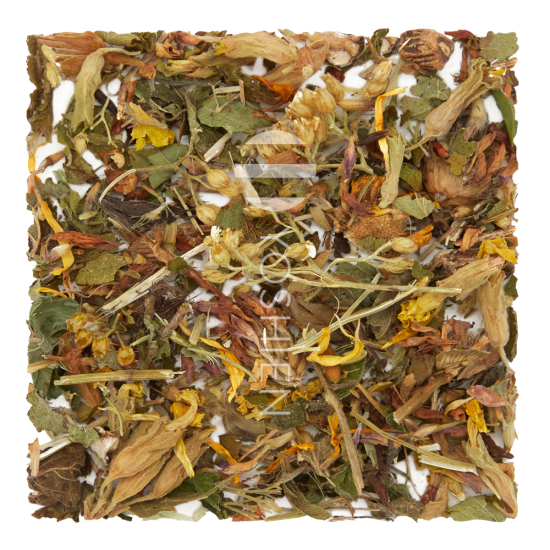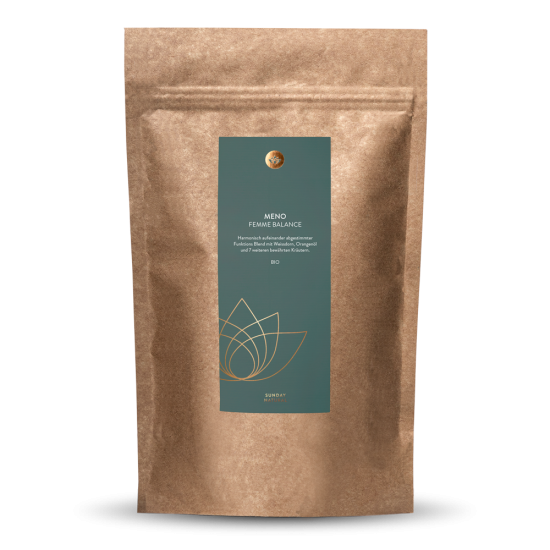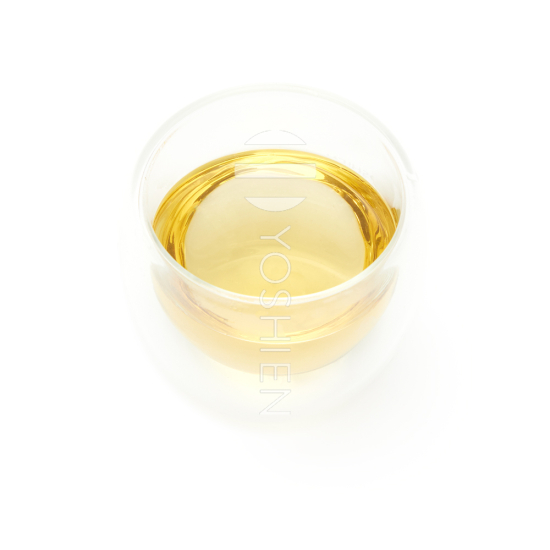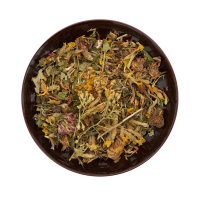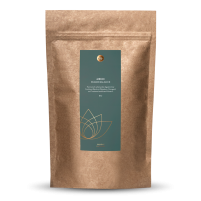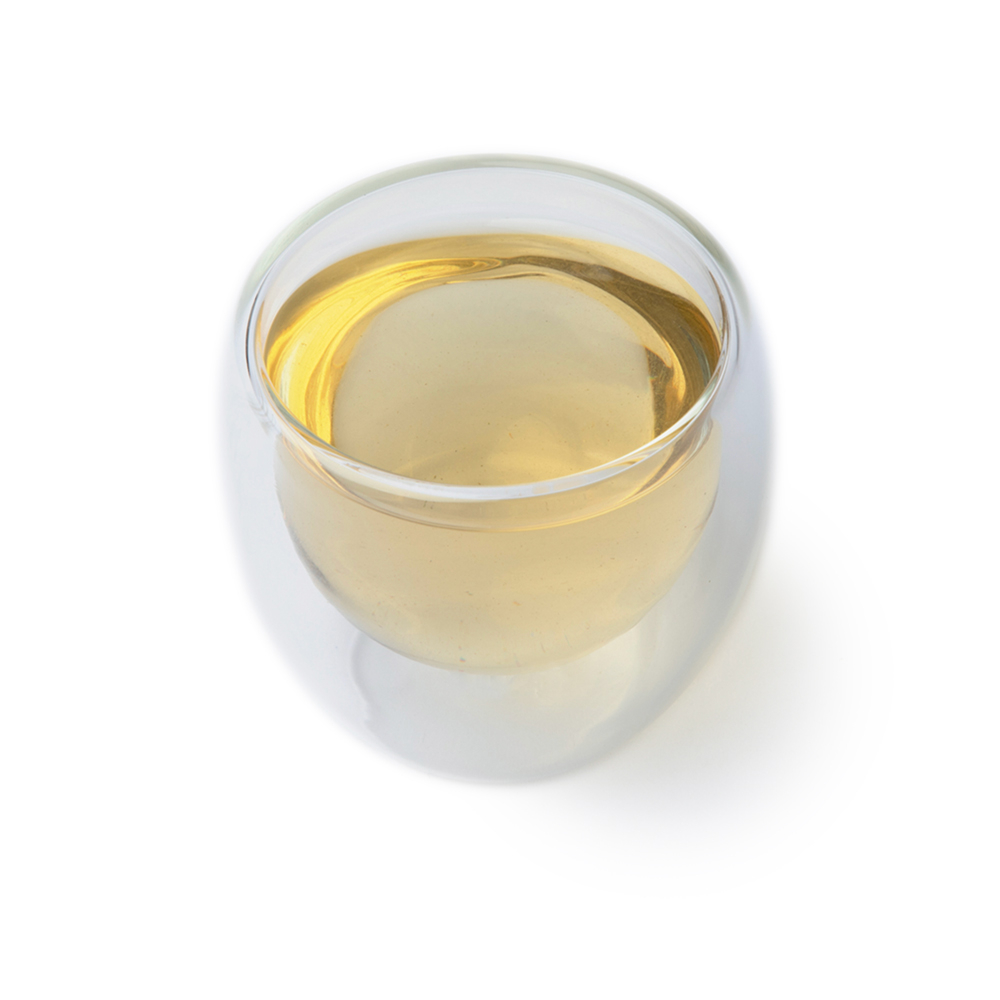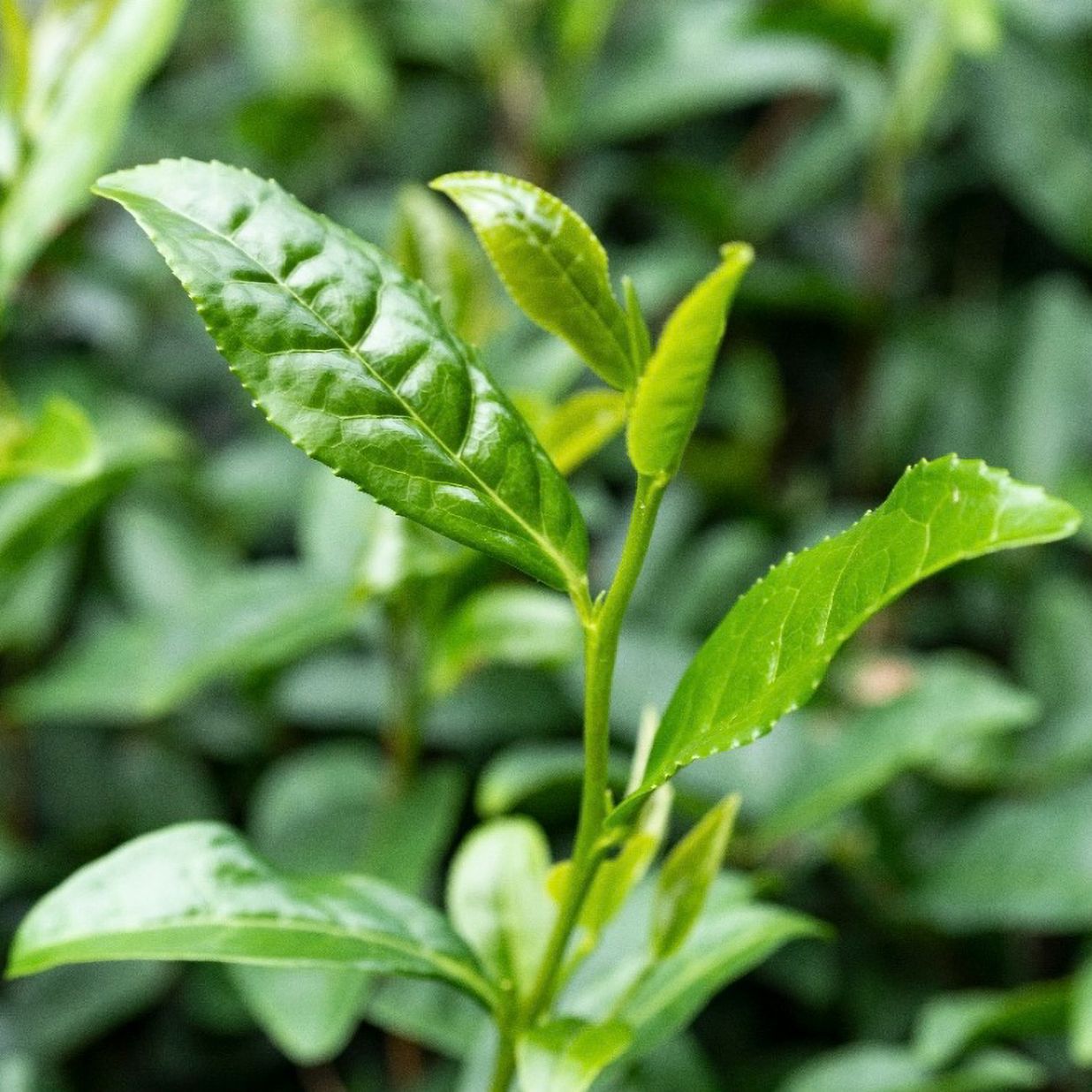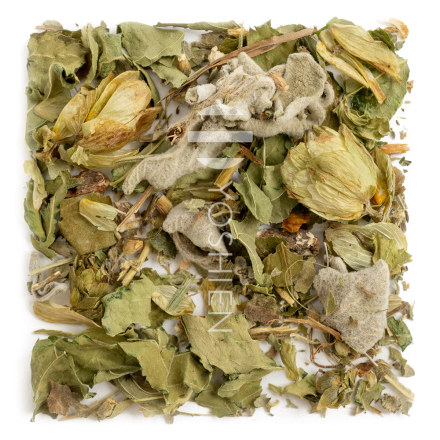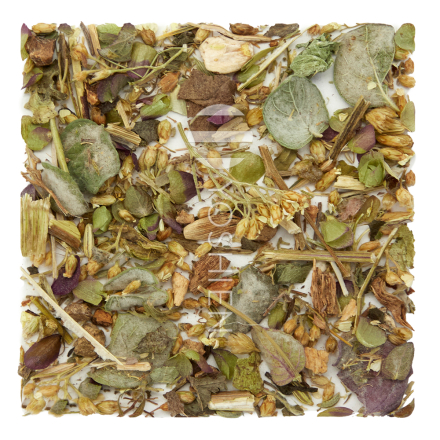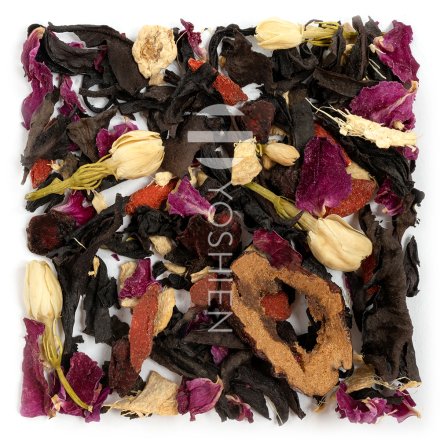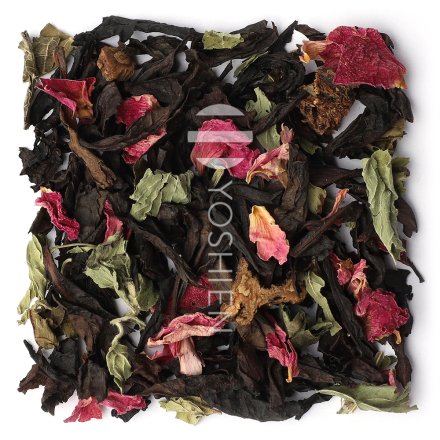Hawthorn
The hawthorn (Crataegus) is a member of the rose family and belongs to the pome fruit plant genus. Its main distribution is in North America, but some of the 300 species can also be found in Europe. Hawthorn was often planted as a protective hedge to mark field boundaries as well as contain livestock.
Yarrow
Yarrow can be found throughout Europe, northern Asia, and as far north as the Arctic Circle. It is a perennial and hardy plant that remains above ground even in winter. Yarrow has a long-standing tradition in herbal medicine. According to Greek mythology, Achilles is said to have used yarrow, and it is from this legend that the plant gets its Latin name Achillea millefolium.
Lemon balm
Lemon balm (Melissa officinalis) is originally a plant native to southern Europe. Like many southern European herbs, it was first cultivated in monastic gardens and gradually spread throughout the continent. This perennial plant begins to sprout from the ground in March and can grow up to 70 cm tall by July, easily recognisable by its distinctive scent. Due to its wide range of uses, it was cultivated early on across Europe as a popular aromatic herb. In the Middle Ages, it was grown in every monastic garden as it was highly prized for its medicinal properties.
Red clover
Red clover (Trifolium pratense) can be found in rich meadows and fields, and in open woodlands, ranging from lowland to alpine elevations. As a cultivated plant used for forage, it is widespread throughout Europe. Since the Middle Ages, red clover has held a firm place in monastic gardens and herbal medicine.
Dandelion
The dandelion (Taraxacum officinale) is a resilient perennial herb native to the entire northern hemisphere. It exhibits remarkable adaptability, thriving in diverse habitats at altitudes of up to 2800m above sea level such as meadows, forests and even urban environments, where it can be found in such unlikely areas as cracks in the pavement. The dandelion can grow up to 10cm tall and is characterised by its distinctively white sap present in all parts of the plant. Although references to the dandelion date back to the 11th century in Persia, it wasn't until the 16th century that it was mentioned in European herbal lore.
Cowslip
In ancient times, cowslip (Primula veris) was found only north of the Alps and is found at up to 2200m above sea level. The Celts and Germanic tribes held this beautiful herald of spring in high esteem and it was already described in medieval plant books. According to legend, it can be used to "unlock the heavens".
Marigold
The marigold (Calendula officinalis) belongs to the Asteraceae family and is widely found across Europe. It has strinkingly bright yellow and orange flowers and is commonly seen in gardens. The petals are the most frequently used part of the plant, traditionally dried for tea preparations or extracted for herbal remedies.



